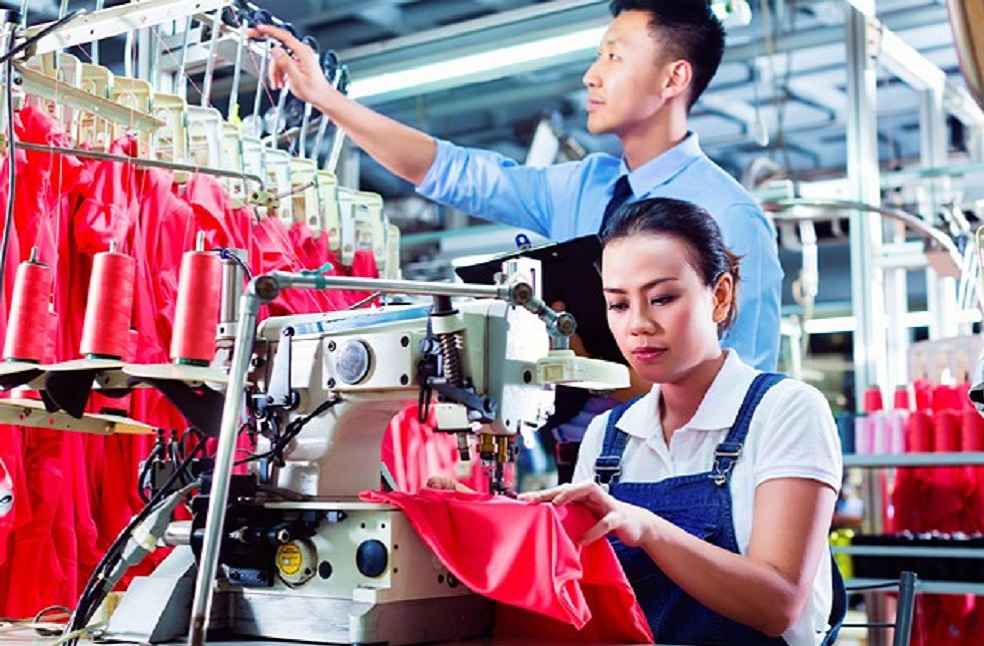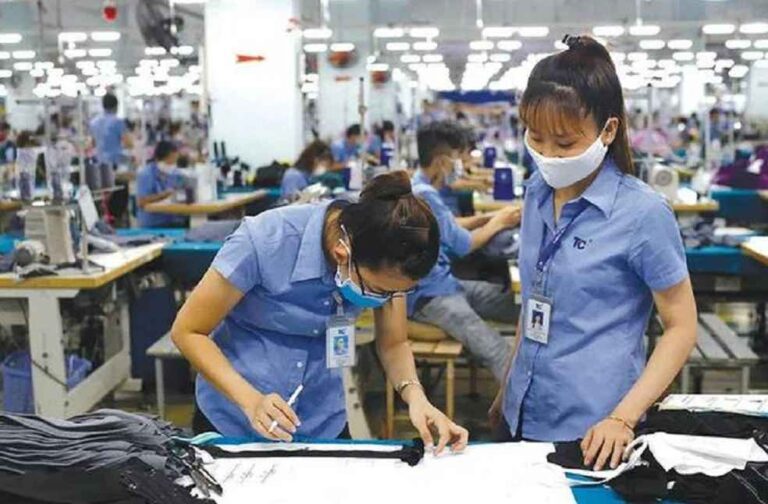Vietnam and India are poised to deepen cooperation in the textile and garment sector as both countries prepare for potential challenges from the United States’ new reciprocal tariff policy, said Bùi Trung Thướng, Trade Counselor at the Vietnam Trade Office in India.
Vietnam, the world’s third-largest textile and garment exporter, with exports valued at $44 billion in 2024, heavily relies on imported materials—65% of which come from China. India, by contrast, is a leading supplier of raw materials like cotton and cotton yarn and has a long-established textile industry supported by a wide array of natural and synthetic fibers.

India’s capabilities span from cotton, jute, silk, and wool to synthetic materials such as polyester, rayon, acrylic, and blended textiles. The Vietnamese Ministry of Industry and Trade noted that India is among the world’s top exporters of synthetic and blended textile products, offering Vietnam a promising alternative supply source.
By increasing imports of cotton and yarn from India under the ASEAN-India Free Trade Agreement (AIFTA), Vietnam can reduce input costs by 22-27%, diversify its supply base, and become less dependent on China.
To strengthen bilateral cooperation, Thướng proposed a joint $500 million investment fund to establish spinning mills in southern India and northern Vietnam, along with smart fabric research centers in Ho Chi Minh City and Bangalore. He also advocated for a bilateral preferential tax agreement to lower trade costs and improve competitiveness, as well as the creation of a Vietnam-India textile innovation fund focused on green technology, technical textiles, and recycled materials.

India’s annual demand for high-quality polyester fabrics stands at around $1.2 billion, presenting export opportunities for Vietnam. At the same time, Vietnam could benefit from importing shuttleless looms from India at prices 30-40% lower than European alternatives.
With the US’s new tariff regime expected to raise export costs, Thướng emphasised the urgency of regional collaboration to reduce dependency on traditional markets and expand access to free trade agreement (FTA) partners, including the EU, Japan, and South Korea.
TRAVEL & TOURISM | Pattaya Tourism Hit by Baht Fluctuations, Global Uncertainty



